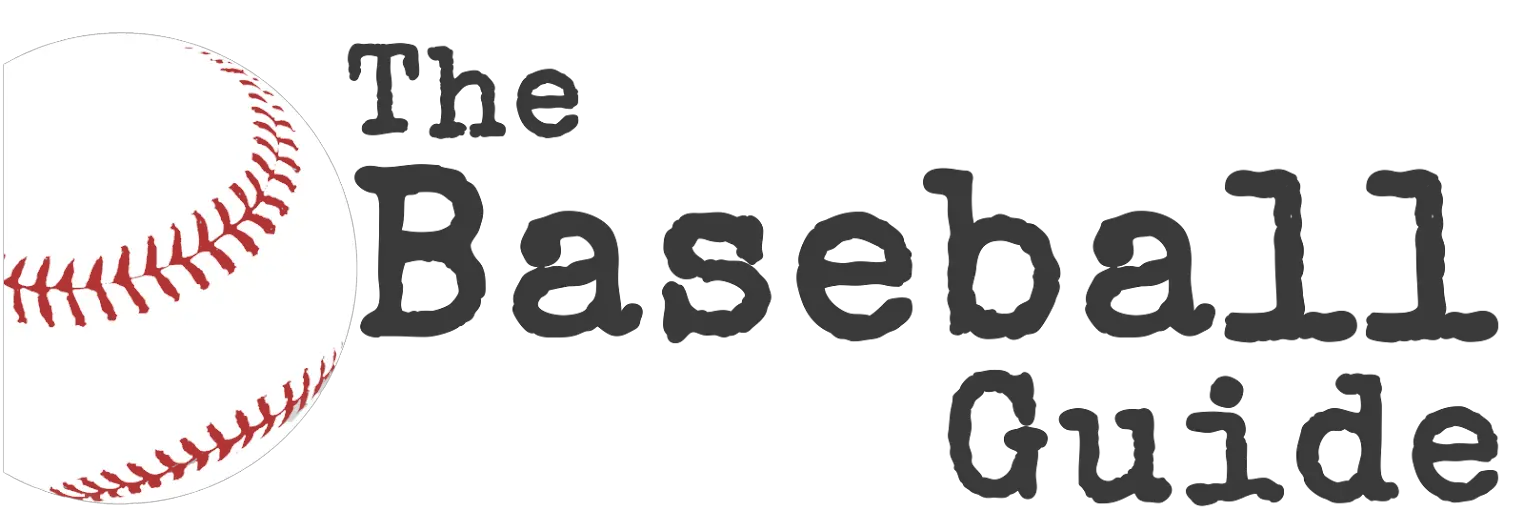In the world of sports, certain achievements capture the imagination and inspire athletes and fans alike. Among these, the concept of a “triple-double” stands out, particularly in baseball. This term, while more commonly associated with basketball, represents a rare and impressive feat when translated into the baseball context. Through this exploration, we aim to shed light on what a triple-double means in baseball, highlighting its significance and the extraordinary circumstances under which it occurs.
What Is a Triple-Double in Baseball?
There’s a misconception in baseball: a “triple-double” doesn’t actually exist in the sport, at least not in the same way it does in basketball. While there are impressive achievements in baseball that involve reaching double-digits in multiple categories, they aren’t officially classified as “triple-doubles.”
However, there are two main ways the term “triple-double” is occasionally used in baseball conversations:
1. Single-Game Performance:
This definition, though not officially recognized, refers to a player accumulating at least ten in three specific offensive categories within a single game:
- Runs: The number of times the player scores a run.
- Hits: The number of times the player makes successful contact with the ball, resulting in a safe base.
- RBI (Runs Batted In): The number of runs scored by the team due to the player’s hit, including sacrifice flies.
While uncommon, some legendary players like Babe Ruth reportedly achieved this feat numerous times throughout their careers.
2. Leading the League in Doubles for Three Consecutive Years:
This definition is even less common and specific. It refers to a player holding the league lead in doubles (reaching second base safely on a hit) for three consecutive seasons. This accomplishment has only been achieved by a handful of players, with the most recent being Don Mattingly in the late 1980s.
Example of Triple Double in MLB
Due to the rarity of “triple-doubles” in Major League Baseball, even using the unofficial definition, it’s challenging to find a definitively documented instance.
However, several legendary players are widely believed to have achieved “triple-doubles” on multiple occasions throughout their careers. Here are two notable examples:
- Babe Ruth: The “Bambino” was known for his incredible offensive prowess. While there’s no official record of individual game statistics from his era, historical accounts and estimations suggest he might have reached at least 10 in runs, hits, and RBIs in numerous games throughout his career.
- Nap Lajoie: A star player in the early 20th century, Lajoie is credited with having the most “triple-doubles” by some baseball historians. However, similar to Ruth’s case, the lack of meticulously kept individual game statistics from that era makes it difficult to verify the exact number or specific instances definitively.
It’s important to remember that these examples are based on historical estimations and not official records. While they showcase the impressive offensive performances these legendary players were capable of, they don’t represent officially recognized “triple-doubles” in Major League Baseball.
Why Triple Doubles are Rare in Baseball
Unlike basketball, where reaching double-digits in multiple statistics is a relatively frequent occurrence, several factors contribute to the rarity of “triple-doubles” in baseball, even using the unofficial definition:
- Emphasis on Strategy: Reaching third base, which is required for a “triple-double” under the first definition, can be risky, especially with runners on base. Often, a double is sufficient to put the runner in scoring position, making the extra effort for a triple strategically unnecessary.
- Defense: Modern baseball defenses are highly efficient, making it challenging for a runner to reach third base solely on their speed and the hit’s placement.
- Focus on Different Statistics: Compared to basketball, where individual statistics like points, rebounds, and assists are heavily emphasized, baseball focuses more on team success and metrics like batting average, on-base percentage, and slugging percentage.
While not an official statistic, the “triple-double” term, in its various interpretations, adds a layer of historical context and appreciation for exceptional individual performances in baseball.
Conclusion
In wrapping up, the exploration of the “triple-double” within the context of baseball offers a fascinating glimpse into the game’s nuanced strategies and rare achievements. Although it remains an unofficial metric, the term ushers in a deep appreciation for the multifaceted skills required in baseball, highlighting the sport’s rich history and the legendary figures who have shaped it. By comparing baseball’s “triple-double” to similar metrics in other sports, we gain a broader understanding of athletic excellence and the unique challenges that distinguish each sport. Ultimately, the rarity of the “triple-double” in baseball only adds to the mystique and allure of achieving such a feat, reminding fans and players alike of the remarkable talent and dedication required to excel in America’s pastime.
